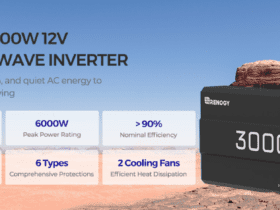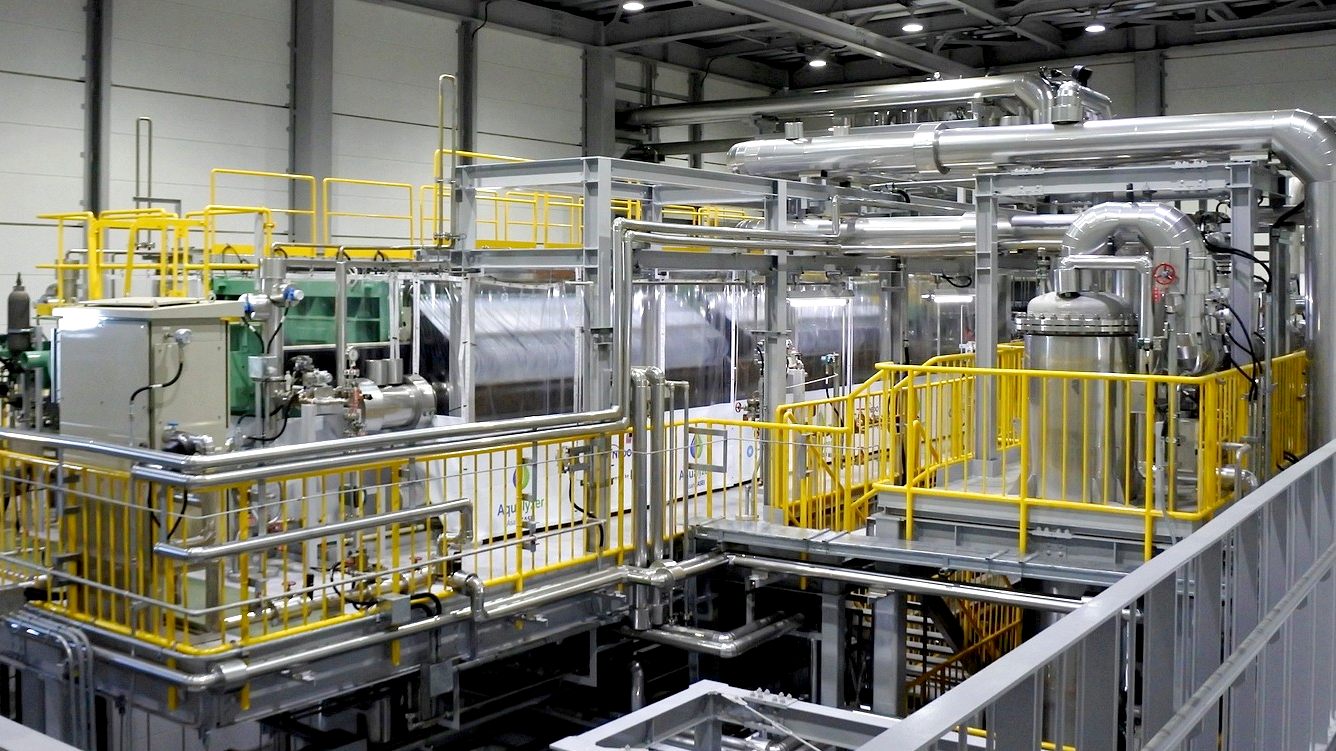Introduction
Have you ever wondered how we can store renewable energy or produce hydrogen fuel? The answer lies in a fascinating process known as electrolysis, carried out by devices called electrolyzers. Let’s dive into the world of electrolyzers and see how they work, shall we?
The Basics of Electrolysis
Electrolysis Process
Electrolysis is a process that uses electricity to drive a non-spontaneous chemical reaction. In other words, it breaks down compounds into their constituent elements.
Electrolyzers are instrumental devices in the field of electrochemistry, facilitating the process of electrolysis to break down compounds into their elemental components.
This article aims to provide a comprehensive understanding of electrolyzers by exploring their functionality, delving into the electrolysis process, examining the components that constitute an electrolyzer, and discussing the various types available, including alkaline electrolyzers, proton exchange membrane (PEM) electrolyzers, and solid oxide electrolyzers.
How Electrolyzers Work:
Electrolyzers operate based on the principles of electrolysis. When an electric current passes through an electrolyte solution or molten compound, it initiates a chemical reaction that leads to the separation of the compound into its constituent elements. In the case of water electrolysis, this process splits water molecules (H₂O) into hydrogen (H₂) and oxygen (O₂) gases.
The Basics of Electrolysis:
Understanding the fundamentals of electrolysis is crucial to comprehend how electrolyzers function. Electrolysis involves the immersion of two electrodes—an anode and a cathode—in an electrolyte solution. The anode carries a positive charge, while the cathode carries a negative charge.
Upon the application of an electric current, cations (positively charged ions) migrate toward the cathode, while anions (negatively charged ions) move toward the anode. This ion movement triggers the desired chemical reactions at the respective electrodes, resulting in the separation of the compound.
Electrolysis Process:
The electrolysis process comprises several stages. At the anode, oxidation occurs as negatively charged ions lose electrons, leading to the formation of new compounds or the liberation of gases. At the cathode, reduction takes place as positively charged ions gain electrons, resulting in the formation of new compounds or the release of gases. These combined oxidation and reduction reactions facilitate the decomposition of the compound into its elemental components.
Components of an Electrolyzer:
An electrolyzer consists of various essential components, including:
- Electrodes: The anode and cathode serve as the sites for the desired chemical reactions to occur. Common electrode materials include platinum, titanium, and nickel.
- Electrolyte: This refers to the conductive medium, such as water (H₂O) for water electrolysis or solutions of salts or acids for other electrolytic processes. The choice of electrolyte depends on the specific application.
- Power Supply: An external power source, typically a direct current (DC) power supply, provides the necessary electric current for the electrolysis process to take place.
- Separator: A physical barrier or membrane is employed to prevent the migration of ions between the anode and cathode while allowing the passage of ions required for the electrolysis process. Different types of separators are used depending on the electrolyzer type.
Types of Electrolyzers:
There are several types of electrolyzers available, each with its own unique characteristics and applications. The three main types are:
- Alkaline Electrolyzers: Alkaline electrolyzers utilize a liquid alkaline electrolyte, often potassium hydroxide (KOH) solution. They are known for their efficiency, durability, and high hydrogen production rates. Alkaline electrolyzers have been extensively employed in large-scale industrial applications, including hydrogen production and energy storage.
- Proton Exchange Membrane (PEM) Electrolyzers: PEM Electrolyzers employ a solid polymer membrane as the electrolyte, typically a proton exchange membrane. These electrolyzers operate at lower temperatures and pressures compared to alkaline electrolyzers, making them suitable for smaller-scale applications in residential, commercial, and transportation sectors. PEM electrolyzers are valued for their rapid response times and compact size.
- Solid Oxide Electrolyzers: Solid oxide electrolyzers operate at high temperatures using a solid ceramic electrolyte, often composed of materials like zirconium oxide. These electrolyzers are capable of generating hydrogen and oxygen gases simultaneously. They excel in their compatibility with high-temperature heat sources, making them suitable for integration with other industrial processes, such as carbon capture and utilization, as well as renewable energy storage systems.
Electrolyzer Efficiency and Advancements:
Efficiency is a critical aspect of electrolyzers, as it determines the overall effectiveness and economic viability of the electrolysis process. Over the years, significant advancements have been made to enhance the efficiency of electrolyzers. Researchers and engineers have focused on improving key factors such as energy consumption, electrode materials, and electrolyte properties.
One important area of development is the reduction of energy requirements for electrolysis. Innovations in electrolyzer design and engineering have resulted in more efficient power conversion, enabling higher energy efficiency and lower operating costs. These advancements have made electrolyzers more attractive for large-scale industrial applications and have contributed to the commercial viability of hydrogen as a clean energy carrier.
Another aspect of electrolyzer efficiency improvement involves the development of advanced electrode materials. Researchers are exploring novel catalysts and electrode coatings that enhance reaction kinetics and increase the overall efficiency of the electrolysis process. These materials can improve the performance of electrolyzers, reduce energy losses, and increase the durability and lifespan of the electrodes.
Furthermore, electrolyte optimization plays a crucial role in electrolyzer efficiency. The choice of electrolyte affects not only the conductivity but also the overall performance and stability of the electrolysis process. Research efforts are focused on finding electrolytes with high ionic conductivity, low resistance, and long-term stability. Advances in electrolyte technology contribute to minimizing energy losses and improving the overall efficiency of electrolyzers.
Integration with Renewable Energy Sources:
The integration of electrolyzers with renewable energy sources has gained significant attention as a means to store and utilize intermittent renewable energy effectively. Renewable energy, such as solar and wind power, is often characterized by fluctuations in generation due to weather conditions and time-dependent energy demand.
Electrolyzers offer a solution by converting excess renewable energy into hydrogen through electrolysis during periods of high energy production. The hydrogen can then be stored and used as a clean fuel or further processed for various applications.
This integration creates a symbiotic relationship between renewable energy sources and electrolyzers, enabling the efficient utilization of excess energy that would otherwise be wasted.
It provides a means to balance the supply and demand of renewable energy, thereby promoting grid stability and reducing reliance on conventional power sources. Furthermore, the hydrogen produced can be utilized in fuel cells for electricity generation, transportation, or industrial applications, offering a versatile and environmentally friendly energy carrier.
Conclusion:
Electrolyzers are crucial devices in the realm of electrochemistry, enabling the efficient separation of compounds into their constituent elements through the process of electrolysis. B
y understanding the functioning of electrolyzers, the electrolysis process, the components that constitute an electrolyzer, and the various types available, we gain insight into their wide-ranging applications in energy production, fuel cells, chemical synthesis, and environmental sustainability. As advancements continue in this field, electrolyzers will play an increasingly pivotal role in shaping a cleaner and more sustainable future.


































Leave a Reply